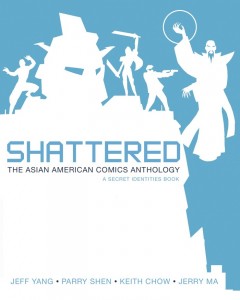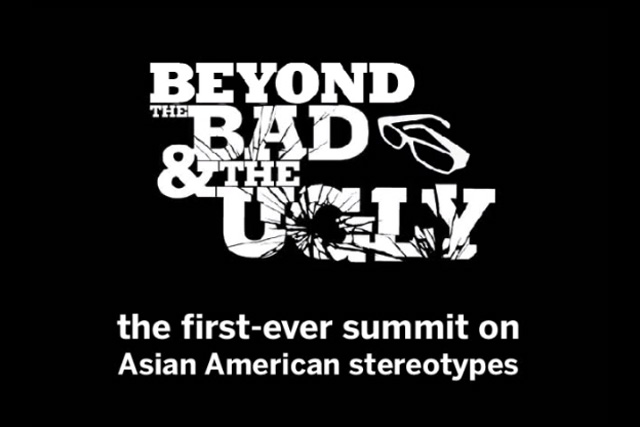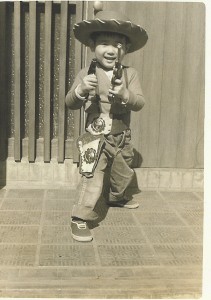Here’s a conference I wish I could attend, but my schedule and budget don’t allow a weekend trip to LA on Saturday, March 23. Organized by the tireless Jeff Yang, who has a long history as a chronicler of Asian America and is currently a columnist for the Wall Street Journal covering AAPI topics in his perfectly titled “Tao Jones” blog, “Beyond the Bad & the Ugly” is a first-ever summit on Asian American stereotypes.
 It’s also a kickoff for the “Shattered” tour, a book-signing tour featuring Yang and various collaborators including Parry Shen, Keith Chow, Jerry Ma and others. The team have published “Shattered: The Asian American Comics Anthology,” a second volume and sequel to “Secret Identities,” the first anthology of comics starring Asian American superheroes, and written and drawn by Asian Americans.
It’s also a kickoff for the “Shattered” tour, a book-signing tour featuring Yang and various collaborators including Parry Shen, Keith Chow, Jerry Ma and others. The team have published “Shattered: The Asian American Comics Anthology,” a second volume and sequel to “Secret Identities,” the first anthology of comics starring Asian American superheroes, and written and drawn by Asian Americans.
The theme of “Shattered”/”Secret Identities” fits with “Beyond the Bad & the Ugly” because the comics are all about dispelling the wimpy stereotype of Asians in American pop consciousness, and pointing out that Asians are missing from the superhero pantheon. (Note: Stan Lee seems to have gotten the hint; he’s created a new superhero who’s Chinese named The Annihilator.)
Riffing off the comics anthology and the stereotype theme, Yang has assembled an awesome lineup of panels and speakers (see below for the schedule), and the day-long confab promises to be an empowering affair for all who attend.
For those of us who don’t live in La-La Land, and can’t afford to ever-increasing airfares (I’m starting to hate you, Frontier — a flight that used to cost a hair over $300 now costs over $1000!), Yang is trying to set up online livestreaming of the panels and is trying to raise money for the cameras and personnel through IndieGoGo: “Put Beyond the Bad & The Ugly Online!”
Continue reading






 visualizAsian is back for November with a killer fun live conversation, an hour with Jeff Yang and Bernard Chang on the role of superheroes and comics, and why there aren’t many Asian American superheroes.
visualizAsian is back for November with a killer fun live conversation, an hour with Jeff Yang and Bernard Chang on the role of superheroes and comics, and why there aren’t many Asian American superheroes. 






